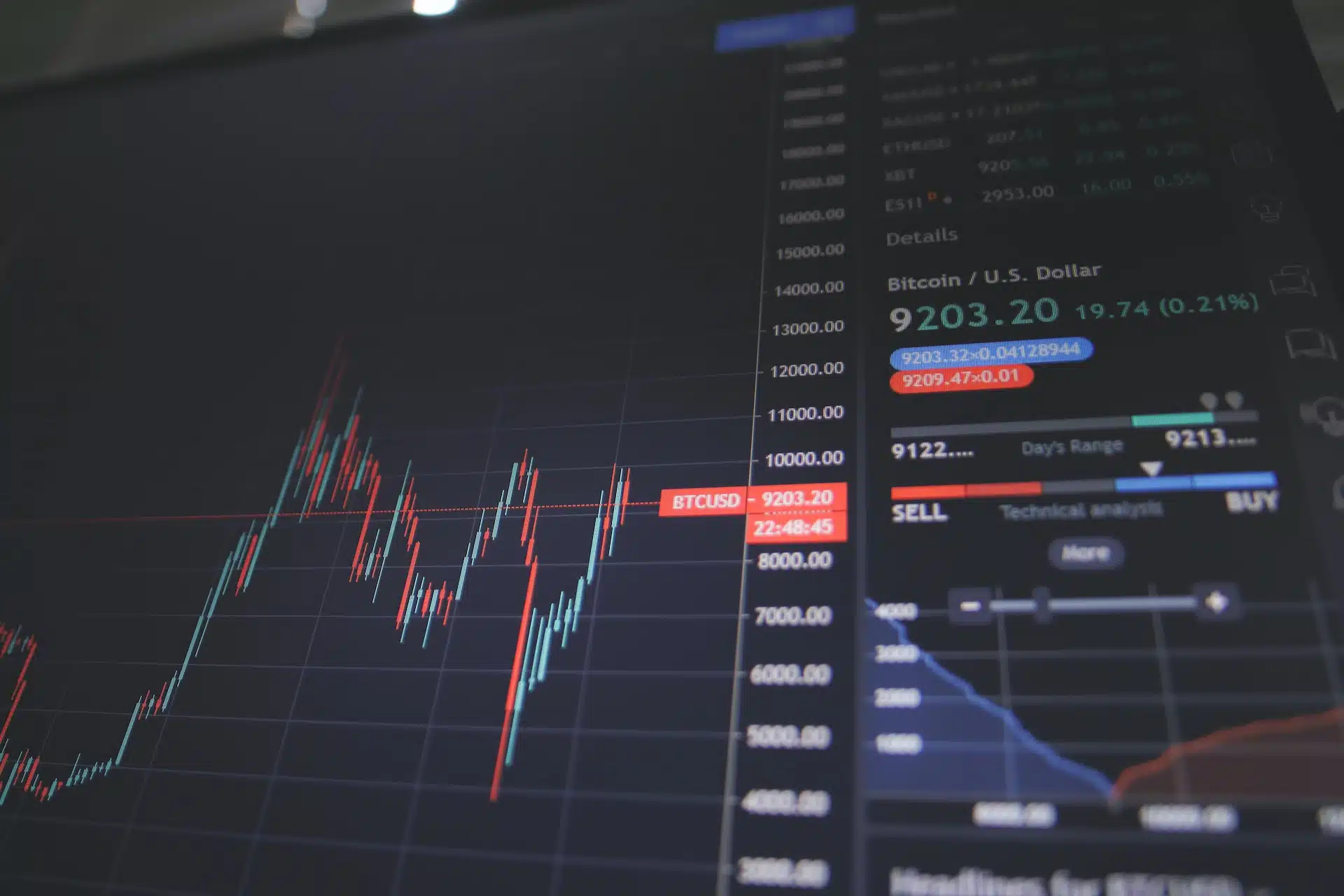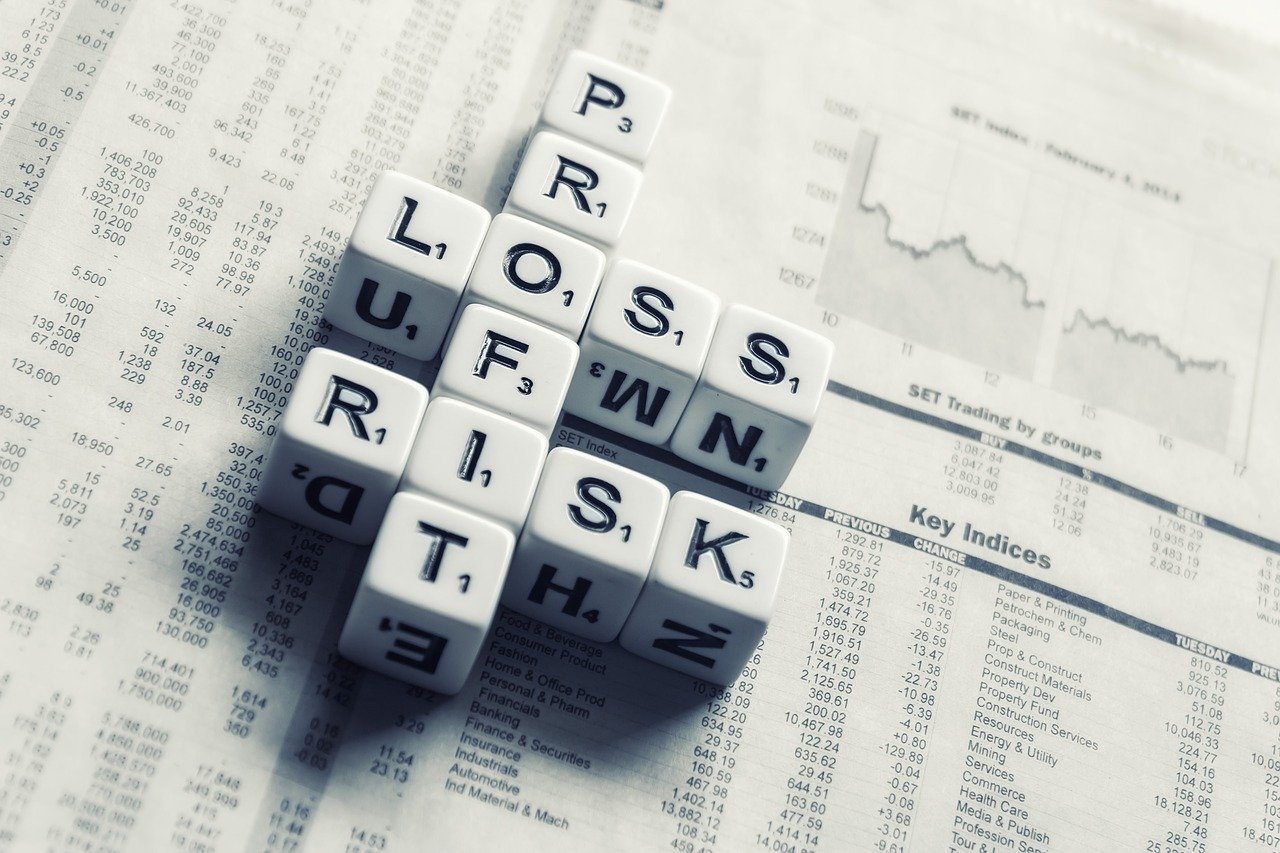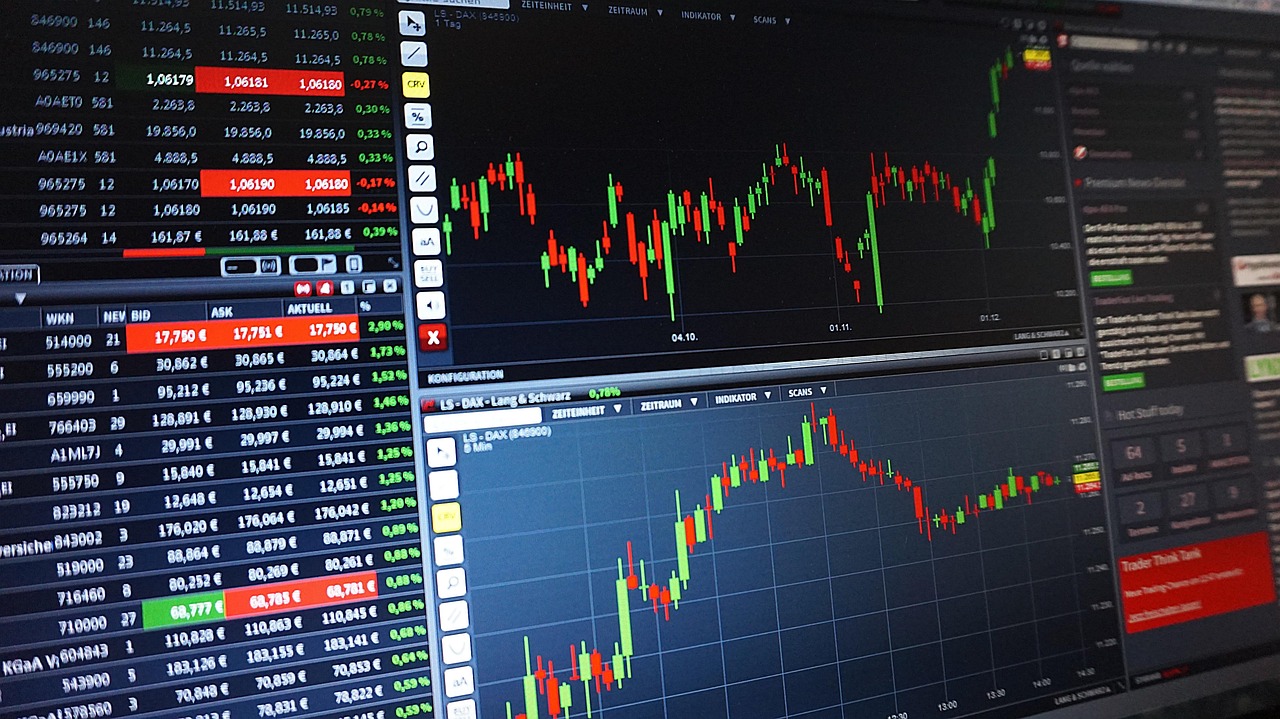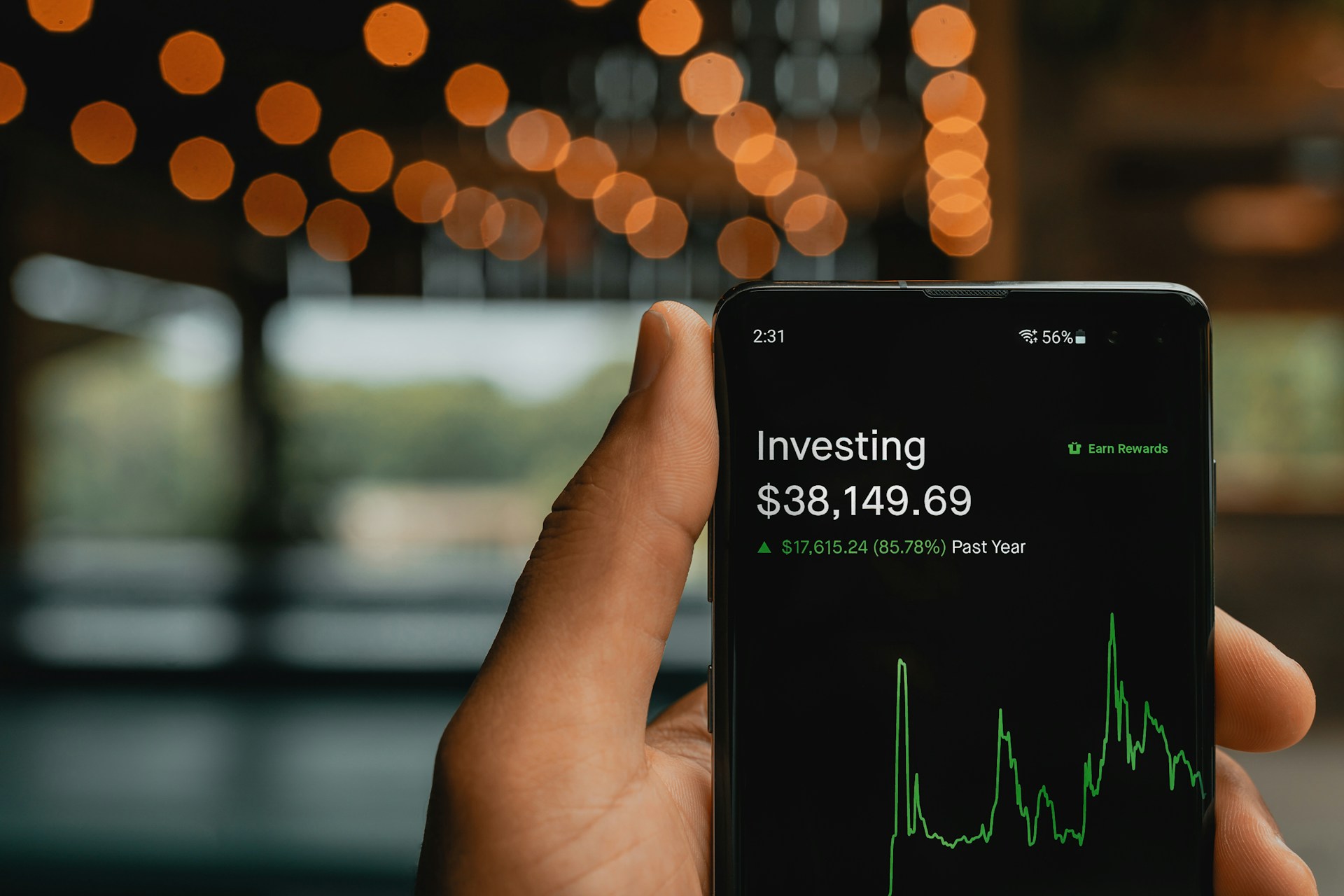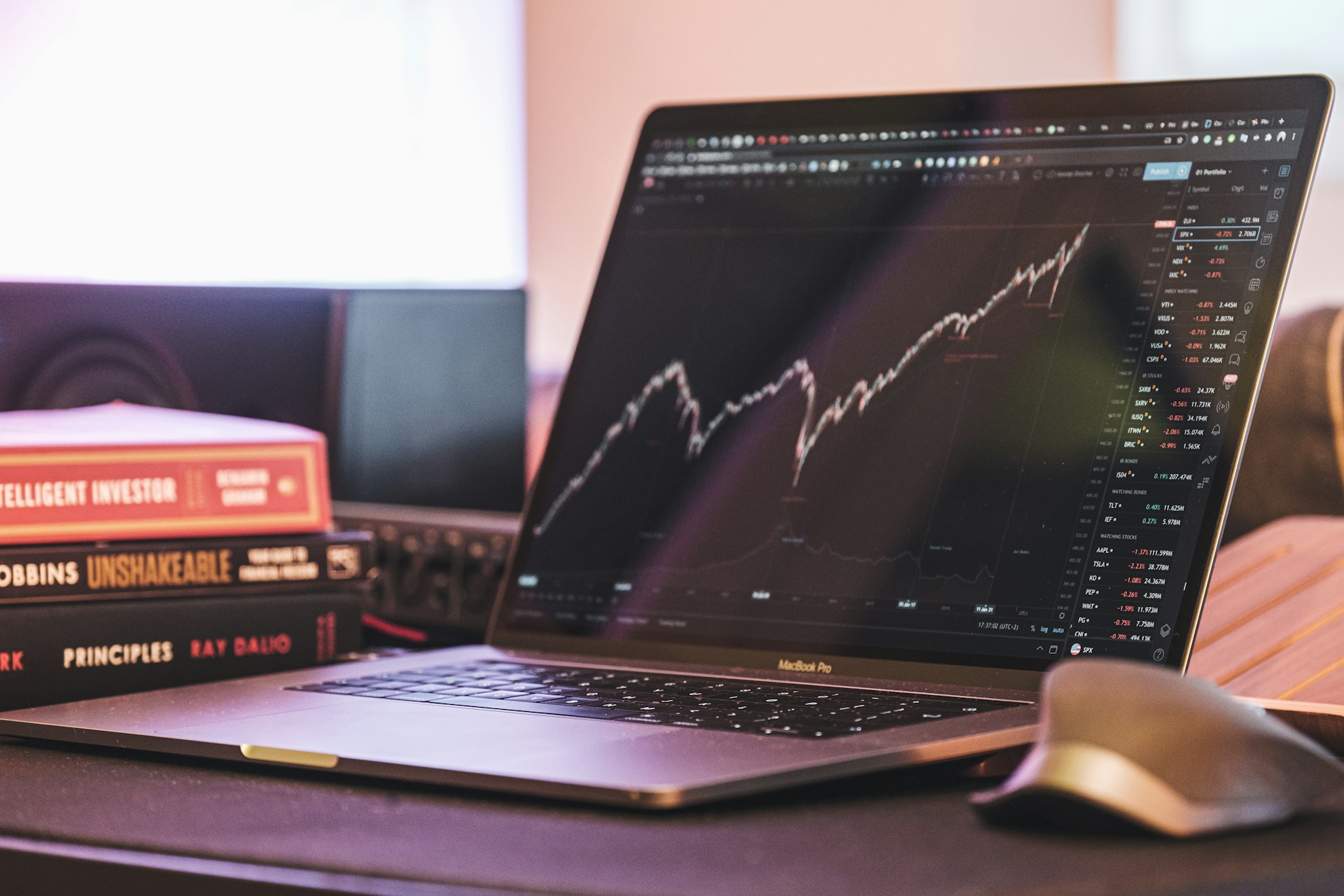Berkshire Hathaway, led by legendary investor Warren Buffett, is one of the most successful investment firms in history. Since Buffett took control of the struggling textile company in 1965, Berkshire’s investing acumen has turned it into one of the largest public companies in the world with a market capitalization of over $700 billion as of 2023. This remarkable growth begs the question – just what kind of returns has Berkshire and its investors enjoyed over the past five-plus decades? While past performance does not guarantee future returns, Berkshire’s track record provides insight into the power of value investing and Buffett’s investing skills.
How Berkshire’s Structure Impacts Returns
Unlike typical investment funds, Berkshire does not pay out dividends. Instead, the company reinvests all profits back into its operations and investment portfolio. For investors, the only way to realize gains is to sell Berkshire shares for a higher price than purchased. So while Berkshire itself earns tremendous investment returns every year, investors can only capture that return growth indirectly in the form of share price appreciation. Nonetheless, Berkshire’s class A shares have delivered a Jaws-dropping annualized return of 20.3% from 1965 to 2021 – more than double the S&P 500’s annual 9.8% return over the same period.
A Tale of Two Share Classes
Originally a struggling New England textile business, Berkshire shares traded modestly with little volatility in the early 1960s. But the trajectory changed in 1965 when Warren Buffett started buying shares as part of a turnaround play. For $14 per share in 1965, an investor could have purchased part of what would become one of history’s greatest growth engines. Just ten years later in 1975, those same class A shares were worth $380 – a 27-fold increase excluding dividends.
Today, Berkshire has two share classes designated as class A and class B common stock. When originally issued, each class A share represented 200 class B shares. The dual share structure was created in 1996 so smaller investors could participate in Berkshire’s growth since A shares had become prohibitively expensive for most people. By 2010, A shares were trading near $120,000 so the conversion ratio changed to 1,500 B shares per A share. In 2023, A shares traded above $475,000 while B shares traded around $315. Both share classes have the same underlying value and voting rights in the company. The only difference is the huge price variance between classes which simply reflects the number of shares outstanding of each designation.
Understanding Book Value Growth
Berkshire releases detailed financial statements that provide deep insight into the company’s performance. Importantly for investors, Berkshire reports its book value per class A share every quarter. Book value is an accounting measure of assets minus liabilities, which equates to shareholder equity. For Berkshire, its book value per share has risen exponentially in lockstep with the company’s market-crushing stock performance over decades. In essence, Berkshire’s soaring book value reflects the phenomenal returns generated by its underlying investment portfolio. Between 1965 and 2021, Berkshire compounded its book value at a 20.1% annual clip. That unmatched consistency is why pundits call Berkshire’s book value the single best measure of long-term financial performance.
Investment Portfolio Returns
Trying to pinpoint the exact annual return of Berkshire’s invested capital over 50+ years is tricky for several reasons. First, Berkshire doesn’t pay dividends so its overall investing performance shows up primarily through assets like stocks and businesses that don’t generate immediate cash. Secondly, Berkshire’s significant cash position ($109 billion as of September 2022) owned outright but kept liquid for opportunistic investments must be separated from funds directly invested into assets like stocks and whole companies.
Excluding cash and focusing primarily on stocks like Apple, Bank of America, Coca-Cola, and dozens of other blue-chip names plus wholly-owned subsidiaries like Geico and Burlington Northern railroad, various analyses peg Berkshire’s average annual investing return somewhere between 20-22% going back to the mid-1960s. Critics argue parts of that return stem from leverage meaning borrowing money at low interest rates to invest rather than exclusively from Buffett’s investing prowess. Others contend that Berkshire’s enviable track record proves Buffett’s enduring worth as one of history’s greatest capital allocators.
Sources of Investment Returns
Berkshire’s investing returns derive primarily from three main sources:
- Public Stocks – Berkshire has a $350+ billion public stock portfolio currently comprising roughly 47% of the company’s total market value. Top holdings Apple (42% of the portfolio), Bank of America (14%), and American Express (9%) indicate Buffett’s preference for U.S.-based financial, consumer and technology stocks. Historically, Buffett has acquired large stakes in companies like Coca-Cola, Wells Fargo, and Gillette which popularised the term “widow maker trade” meaning competitors regret battling against Berkshire-owned brands.
- Private Companies – Berkshire owns dozens of privately held companies like battery maker Duracell, business jet operator NetJets, and one of America’s biggest auto insurance companies Geico. In total, Berkshire subs account for nearly 50% of Berkshire’s total market cap. While specific return data for privately held companies is hard to obtain, Buffett’s ownership of lucrative subsidiaries like specialty insurer Markel, industrial giant Marmon Holdings, and leading furniture retailer RC Willey among many others proves their value.
- Investments in Other Public Companies – Beyond common stock positions, Berkshire invests in public companies’ preferred stock and debt offerings. Preferred stakes in Bank of America, Goldman Sachs, and General Motors indicate Buffett leveraging Berkshire’s fortress balance sheet during times of distress like the 2009 financial crisis. The company also uses debt offerings from the likes of Delta Air Lines to generate fixed income. Overall, these types of investments allow Berkshire to act as a lender of last resort while earning lucrative returns.
Not All Returns Come From the Stock Market
A common misconception is that all of Berkshire’s returns stem from public equity holdings like Apple stock. In reality, Berkshire generates tremendous profits every year from its collection of privately owned businesses that will never trade on public markets. Leading examples include some of America’s largest commercial insurers led by auto insurer Geico plus profitable manufacturing and retail companies like paint maker Benjamin Moore, battery company Duracell, and boat company Forest River.
Unlike pure investment firms focused exclusively on stock picking and trading, Berkshire’s three-pronged approach encompassing public stocks, private companies, and opportunistic debt/preferred stakes gives Buffett an incredibly diverse outlet for the funds at his disposal. Relatively few investment vehicles allow the deployment of capital across private equity deals, and public company debt offerings alongside traditional blue-chip stocks offering steady dividends. Ultimately, it is that flexibility coupled with Buffett’s brilliance in spotting value that explains why Berkshire has compounded money faster and more consistently than perhaps any entity in corporate history.
The Perils of Size: Can Berkshire’s Track Record Continue?
Given Berkshire Hathaway’s unparalleled success over 50+ years, an obvious question is can it persist going forward? In his 2006 annual letter to shareholders, Warren Buffett first addressed the increasing challenge of delivering outsized returns given Berkshire’s ever-increasing pool of funds. Because the company retains all earnings, Berkshire’s investable assets constantly grow. When Buffett first assumed control in 1965, he managed $22 million versus nearly $350 billion in just publicly traded stocks today plus tens of billions more in cash and privately held businesses. At its current massive scale, it gets harder for Berkshire to find new opportunities offering high return potential.
Buffett emphasizes that Berkshire’s future returns must inevitably trend downward towards the average market return rather than its historical 20%+ pace. With Berkshire’s market cap ranking among the largest globally, basic math means Berkshire simply has fewer options to deploy tens of billions in incremental funds each year. Smaller and more nimble investment funds focusing on microcap stocks and nascent industries have more pathways towards 20-30% annual returns which Berkshire lost long ago. In his 2021 letter, Buffett again cautioned shareholders to temper return expectations going forward given economic reality.
Berkshire Post-Buffett: New Manager, New Returns Profile?
Further impacting future return potential is leadership succession once 91-year-old Warren Buffett no longer heads Berkshire Hathaway. Buffett’s investing brilliance as evidenced by decades worth of prescient investments has always been seen as a significant driver behind Berkshire’s success. Therefore, market observers have always keenly debated whether Berkshire’s outstanding track record of 20%+ annual returns could continue once Buffett relinquished control.
In May 2018, Berkshire announced that veteran executive Ajit Jain would oversee all insurance activities while Greg Abel would serve as Vice Chairman overseeing non-insurance operations. The move was widely interpreted as Abel being designated as Buffett’s successor-in-waiting as CEO. At 68 years old, Abel represents a younger steward to guide Berkshire for the next couple of decades. While Abel lacks Buffett’s reputation as arguably history’s greatest investor, his three-plus decades managing and overseeing various Berkshire energy subsidiaries means
